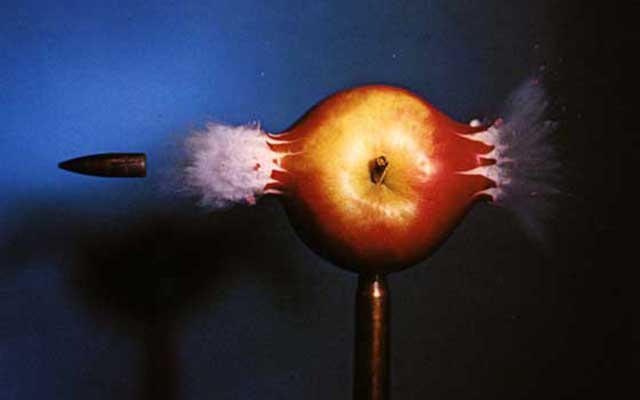The US Navy is studying catastrophic failures and explosion of lithium-ion batteries in a bid to create safer enclosures for their utilization and transport.
Although li-ion batteries are usually safe, they can fail under certain conditions and can explode violently.
The battery heats up leading to “thermal runaway” and this can end in the battery venting with flames or exploding. The explosions have been found to be intensified if they occur in confined spaces.
Airlines and postal agencies have been nervous of shipping these batteries owing to these undesirable properties.
The US Navy, which is making increasingly high use of li-ion batteries, is studying the catastrophic effects through Schlieren imagery which captures up to 250,000 frames per second.
The images will be used to make precise measurements of gradients in gas density near a failing cell, shockwave speed and the track of any projectile generated.
“We have data from pressure transducers, but schlieren imaging will provide additional information, such as directionality of the blast.” Energy Matters quotes Jason Ostanek, mechanical engineer with Energy Conversion Research and Development Branch at NAVSSES, as saying.
The Navy’s findings could find application in commercial and home battery energy storage applications to enhance safety. It will be crucial for wider deployment of home energy storage solutions.
Ajith Kumar S
editor@greentechlead.com

